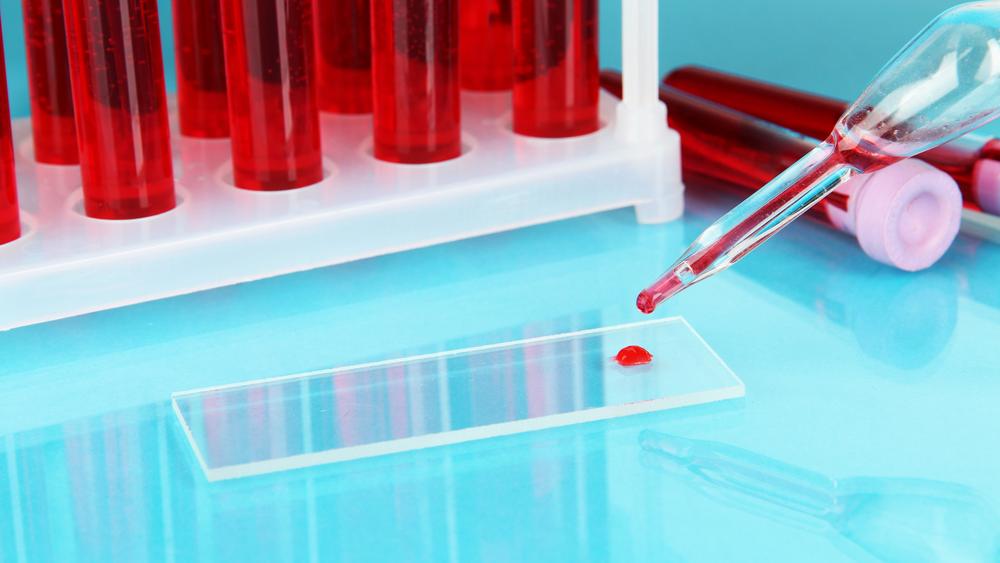Using a handheld microfluidic device that collects just a single drop of whole blood, researchers at the Wisconsin Institute for Medical Research have found a way to tell whether or not a patient has asthma.
Asthma is usually diagnosed clinically by medical history and physical exam, and routine laboratory testing is not indicated other than pulmonary function tests like spirometry and peak flow measurement. Other tests involve some preparation for imaging or exercise, while some sophisticated tests are not widely available. This presents a challenge in diagnosing patients who may not be cooperative like children or so frail to able to comply like the elderly.
The researchers behind the study published in Proceedings of the National Academy of Sciences, wanted to create a more affordable, simpler and accurate lab test to diagnose asthma. Rather than relying on a series of tests, they hope that doctors can use a single test even in their clinics to quickly know if the person has asthma, even if the person is not symptomatic during the visit.
In the study, the researchers knew that a type of white blood cells called neutrophils move slower than normal in responding to inflammation among asthmatics compared to those with allergic rhinitis. Studying this property called chemotaxis velocity can therefore help determine if a person has asthma or not.
A drop of blood from a lancet puncture is placed on the plastic handheld device which then separates neutrophils from whole blood. The device can measure how fast the neutrophils travel through microchannels. If neutrophils travel slower than usual, this is highly suggestive of asthma. Within five minutes, the device can provide an accurate result with a sensitivity of 96% and specificity of 73%, according to the study.
The team used what they called kit-on-a-lid-assay (KOALA) microfluidic technology consisting of plastic lids and bases. A KOALA lid with a chemoattractant is placed on top of the base containing the blood sample. As the reaction starts, neutrophils start to migrate and their velocity is measured by a software program.
"What we've done in this paper is presented data that neutrophil cell function in some cases can predict — and in this case actually predicted and measured — whether someone is asthmatic or not," David Beebe, a professor of biomedical engineering at the University of Wisconsin-Madison and study co-author, said in a press release. "This is one of the first studies to show that this process could actually work in a cheap, easy and practical way."
Advantages of using a microfluidic device include simple fabrication, minimal reagent requirements, and accurate measurements of blood components and cell characteristics. They could potentially be mass produced at low cost or integrated to existing consumer gadgets that could one day replace expensive laboratory diagnostics with self-diagnosis at home or anywhere.
The study involved 23 asthmatic and 11 non-asthmatic patients with allergic rhinitis. As the sample is small, further studies are needed to validate the findings. If a larger cohort yields the same promising results and development leads to an actual product, the device can help diagnosing asthma a little less tricky.
About 300 million people worldwide have asthma and it is considered the most common chronic condition among children. It is underdiagnosed and undertreated in both developed and developing countries. In the Middle East, allergen and desert dust exposure is associated with a higher incidence of the condition, with a report claiming that one in five children in the UAE suffers from asthma.
Log in or register for FREE for full access to ALL site features
As a member of the nuviun community, you can benefit from:
- 24/7 unlimited access to the content library
- Full access to the company and people directories
- Unlimited discussion and commenting privileges
- Your own searchable professional profile




.jpg)






.jpg)
